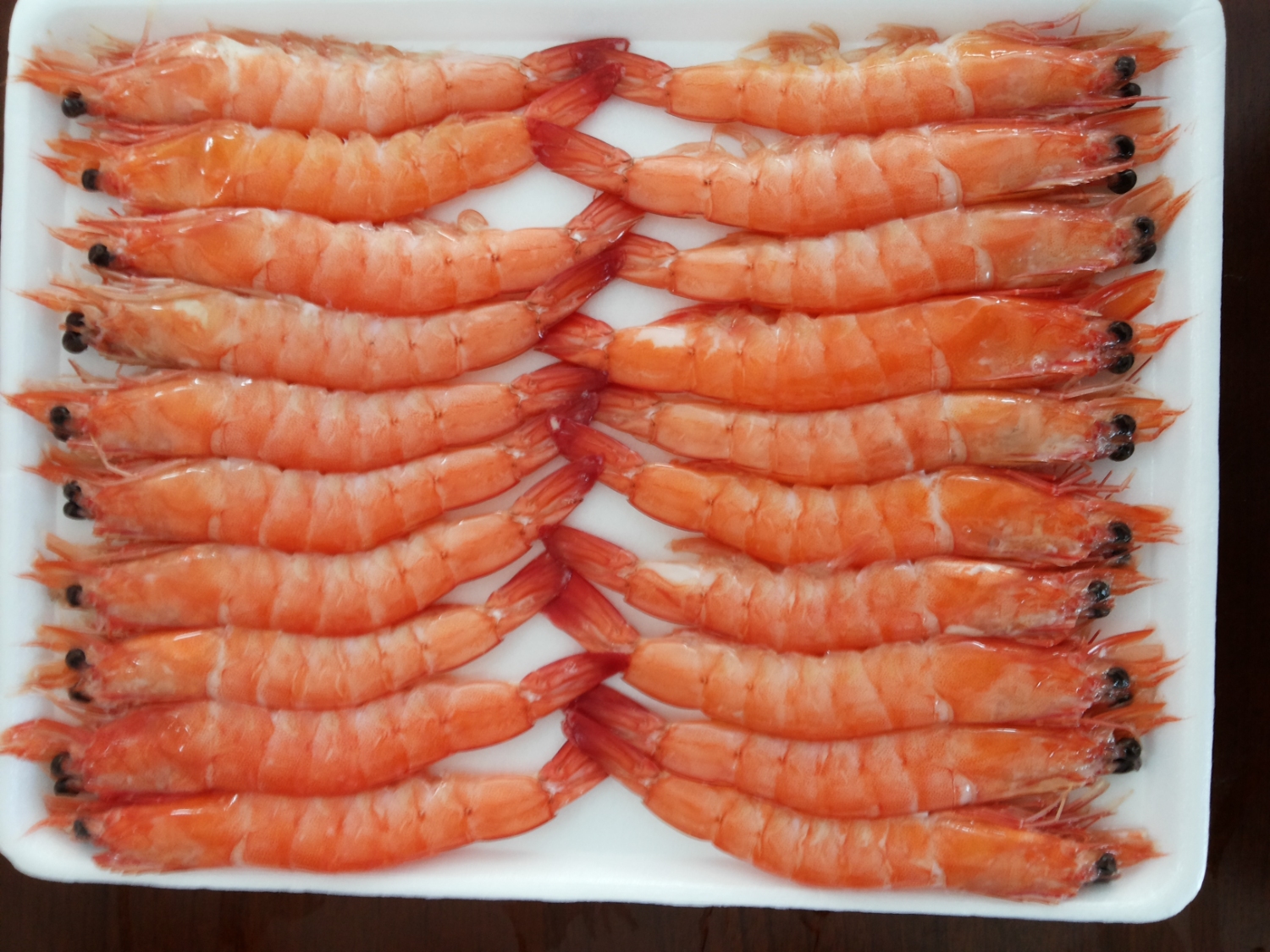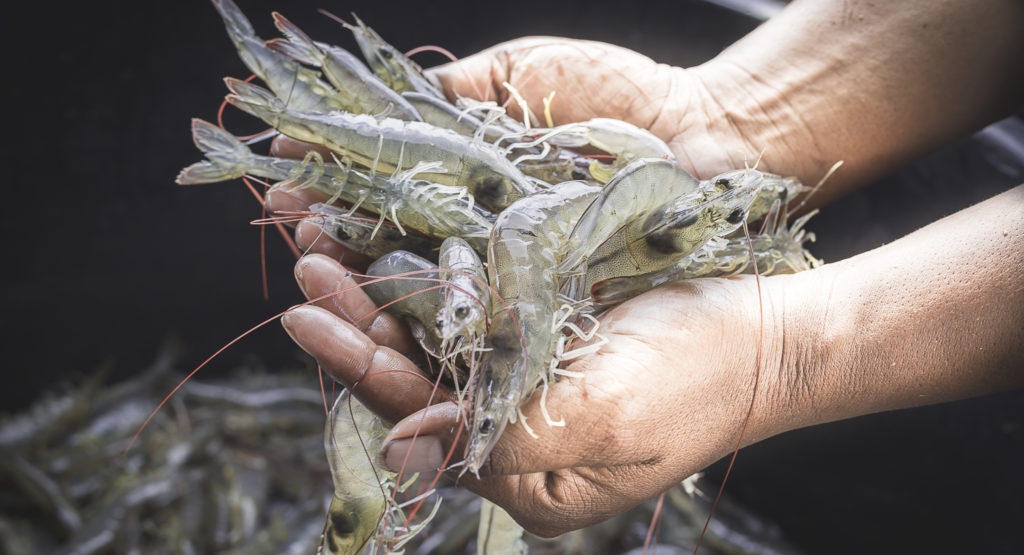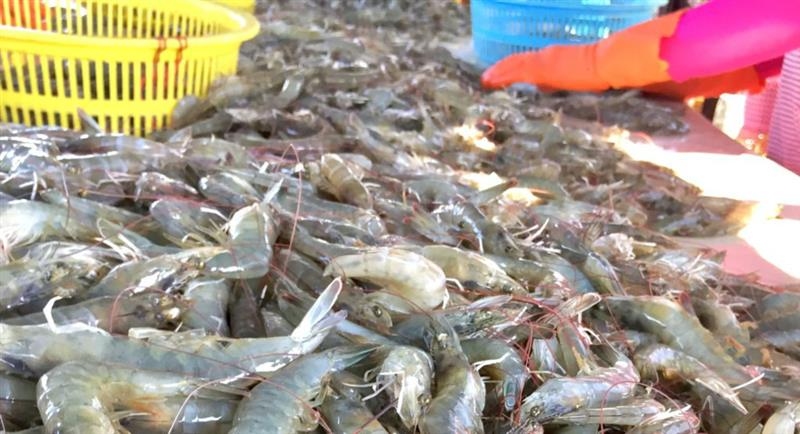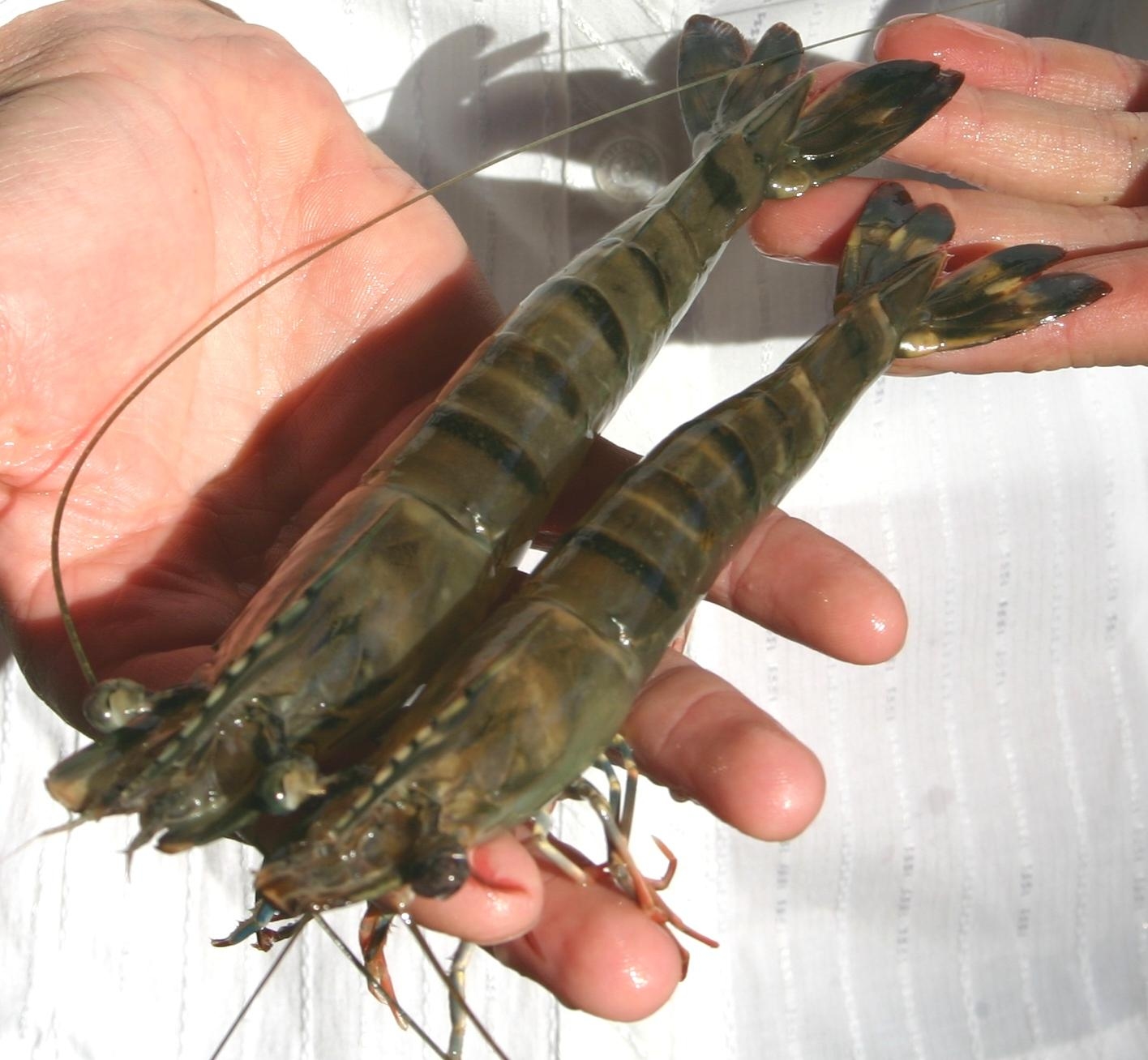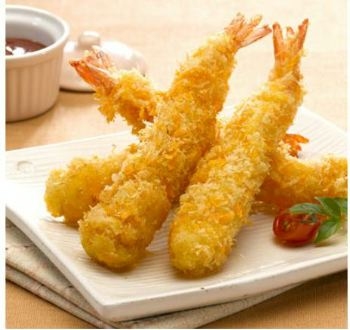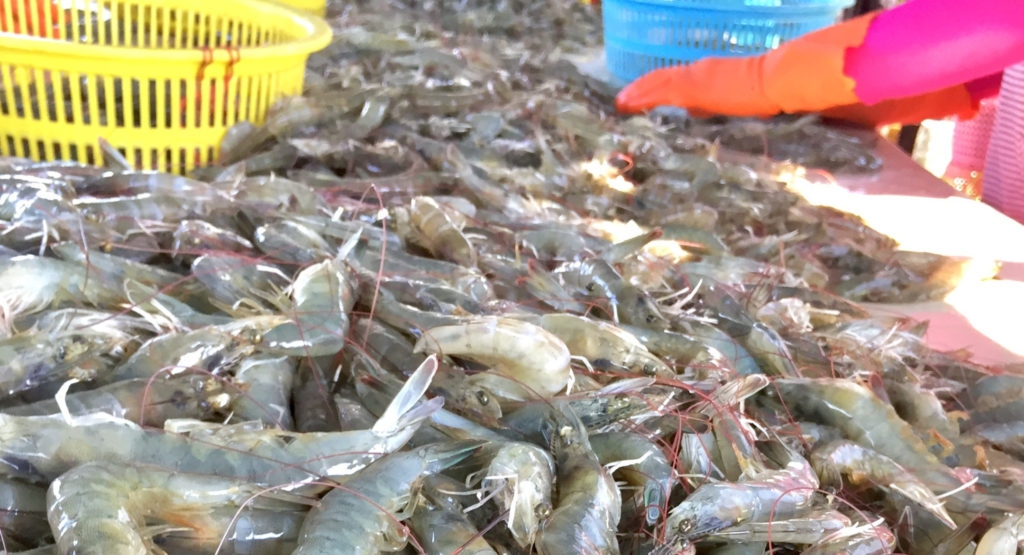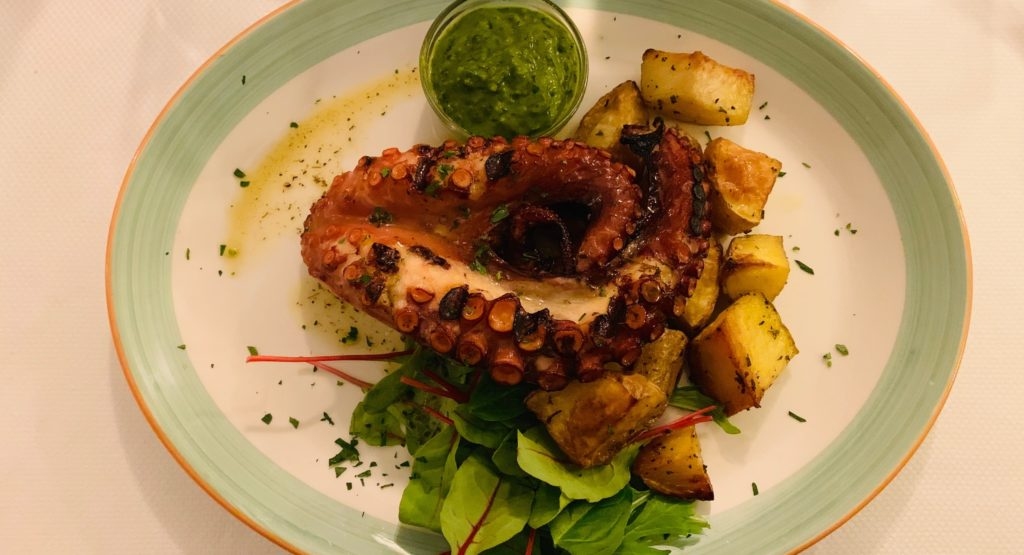
Restaurants throughout Europe close. What will happen to shrimp consumption?
- 1.
- 2. Most European’s eat shrimp out-of-home
- 3.
- 4. Shrimp sales normally spike during Easter and spring holidays
- 5.
- 6. Will retail compensate for the decline in restaurant sales?
- 7.
- 8. Bangladesh is likely to suffer as one of the worst while Vietnam may actually benefit from the situation
- 9.
- 10. Overall European demand will be significantly down until June
Restaurants throughout Europe close. What will happen to shrimp consumption?
# Written by Willem van der Pijl -- shrimp sector analyst and founder of the Seafood Trade Intelligence Portal
Photo: refreshed shrimp counter at Mercadona in Basque country, Spain, 14th March 2020. Throughout Europe, most shrimp is consumed in restaurants. Wholesalers and importers that supply these restaurants offer a broad range of shrimp species. In Italy and France, the restaurant market is dominated by Argentine red shrimp, Pacific whiteleg shrimp from South America and some local and African wild-caught shrimp species. French restaurants serve the same species as Italy and Spain, but also offer a range of black tiger shrimp from Madagascar and Asia. In North-Western Europe, restaurants mainly serve Pacific white shrimp and black tiger shrimp sourced from Asia. Wholesalers, importers and their suppliers across the world will suffer from the restaurant closures in Europe and will see much of their stocks unsold. How long the closures will last may vary within Europe. It will depend on the extent to which the governments get the disease outbreak under control and to which the member states have the authority to extent the duration of the strict measures they have now taken. The initial closure in Spain, for example, will last until March 28th, while in The Netherlands the closure will last till April 6th. It is however likely that the actual closure may last longer. Normally, throughout Europe, shrimp sales would spike during Easter and spring holidays. In 2020, these holidays take place around the week of 5th to 11th of April. Especially in Southern Europe, importers will have kept stocks for the so-called ‘Semana Santa’ or ‘holy week’. It’s likely that restaurants will still be closed during Easter and as a result importers and wholesalers will not be able to sell their stocks. Although Easter may have less of an impact on restaurant sales in North-Western Europe, also those countries’ shrimp sales would normally increase during springtime. However, it’s likely that importers selling into the restaurants in these markets will hold their horses and refrain from placing new orders until it is clear when things get back to normal. Photo: almost sold out shrimp shelves at Albert Heijn in Utrecht, the Netherlands on 16th March 2020. While restaurants and their suppliers are suffering, supermarket sales in some cases spike. A seafood purchase manager of a major Dutch retailer told me that, up to last Friday, their shrimp sales spiked with a factor 1.4 compared to a normal week. Over the weekend, including last Saturday’s sales figures, overall seafood sales at the same retailer spiked even with a factor of 2.2. Although retail sales may slow down once people start to get used to the new situation and stop panic shopping, it is likely that shrimp sales in retail will remain at a higher level than normal due to the restaurant closure. The question is whether increased retail sales will compensate for overall sales entirely. My expectation is that they will not. The figures of the Dutch retailer are not resonated by a Belgium retailer which I consulted. The Belgium retailer said that their shrimp sales did not increase significantly since the restaurants in Belgium closed. Shrimp is a relatively difficult product for people to cook at home. Although some people will increase their at-home consumption of shrimp, I do not expect that they will eat as much shrimp at home as they would eat out-of-home. Therefore, overall European shrimp consumption, in my opinion, will decline till summer with potentially as much as 20%. Photo: almost empty refreshed shrimp counter at Albert Heijn in the Netherlands on 16th March 2020. Even for the part that retailers may compensate for reduces sales in restaurants, this might not make a difference for a big part of the suppliers to wholesale. Retailers in Europe sell a much smaller product range than wholesalers who sell to restaurants. Especially in North-Western Europe, the retail sector is almost entirely dominated by Pacific whiteleg shrimp. The vast majority of products sold in retail consists of Pacific whiteleg shrimp. This means that retail may compensate for imports of Pacific white shrimp to a much larger extent than for other species such as Argentine red shrimp, black tiger shrimp, and other wild-caught shrimp species. With all of the above in mind, I realize that the impact of the restaurant closure will vary from country to country and supplier to supplier. A country like Bangladesh will face major problems if the closure lasts long. Bangladesh sells it’s black tiger shrimp almost entirely (about 70%) into the restaurant sector in North-Western Europe and is likely to need to find new buyers for its 2020 crop. Also, suppliers from India, who often do not supply the retail but wholesale market in Europe, will face a difficult situation and may see their sales to Europe decline further in the coming months. Other countries, like Ecuador or Vietnam, which sell more to Europe’s retail sector, will face fewer problems, as demand from the retail sector will compensate for the loss of sales in the restaurant sector. However, also within those countries only the suppliers who have access to the retail channel and can meet the applicable quality and sustainability standards will benefit from increased retail sales. For Vietnam, the situation may even be a bit better than for others who increase sales to retail. Vietnam is about to get reduced import tariffs due to the EU-Vietnam free trade agreement. If Europe’s importers of Vietnamese shrimp can clear their inventories and import new products with reduced rates in a couple of months, this may benefit both importers and their suppliers. Although it is hard to tell now, I expect that the restaurant closure may last much longer than initially announced. Reduced sales in March and April will result in high inventories of unsold stocks for many of Europe’s shrimp importers. As a result, they will be unable to buy into the new buying season of 2020 which would normally spike in April and May. Although retailers may compensate for the decline of restaurant consumption partly, this will only benefit a small number of importers and their suppliers. The number of importers and suppliers that depend on the restaurant sector is much larger than those that supply retail. Although governments have announced support to those businesses to prevent bankruptcy, it is likely that many of them will face difficult financial times ahead. As many of our government leaders try to convey, I would recommend the same to you, we are in this all together, let’s find ways to minimize the economic impact of this crisis while doing all we can to prevent the further spread of Coronavirus across Europe and across the globe. www.seabinagroup.com/en/When I drove home from my sabbatical in Spain back to The Netherlands last weekend, one country after another announced strict measures to contain the Coronavirus outbreak in Europe. After restaurants in Italy closed their doors, restaurants and bars in Spain, France, Belgium, the Netherlands, Austria and Denmark are now also closed. Although still open now, it’s very likely that also in Germany and the UK restaurants will be ordered to be closed soon. During my two-day drive home, I have been thinking about the impact of the restaurant closures on Europe’s shrimp consumption for the coming months.
Shrimp sales normally spike during Easter and spring holidays
Will retail compensate for the decline in restaurant sales?
Other news




